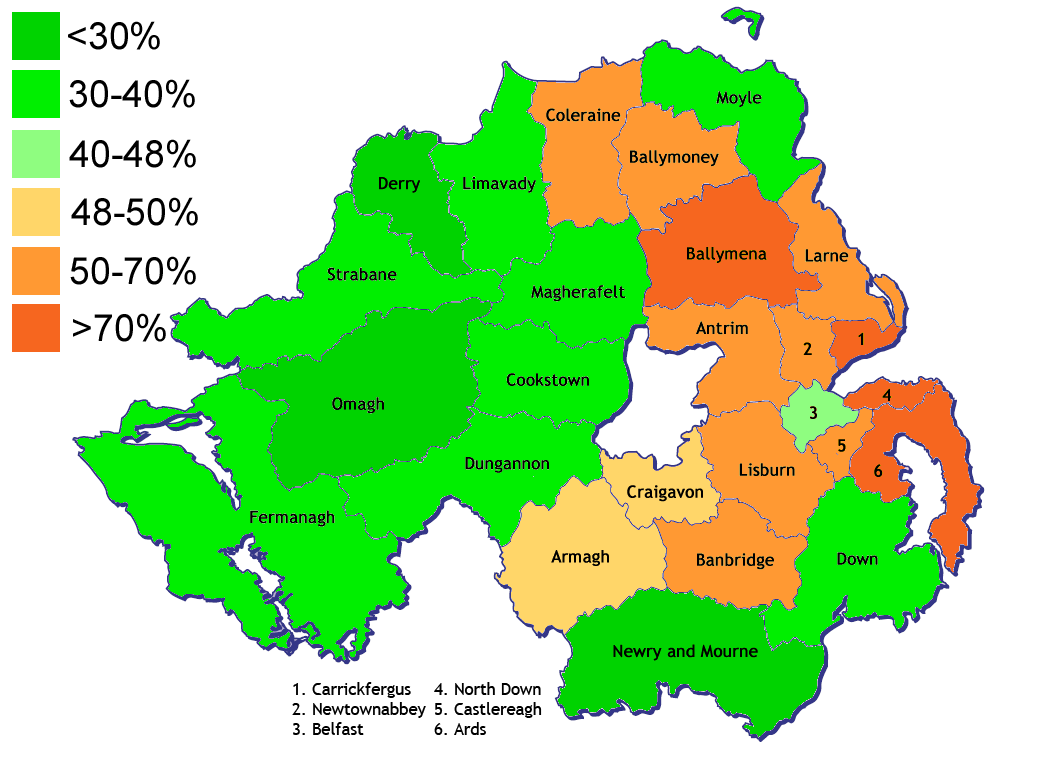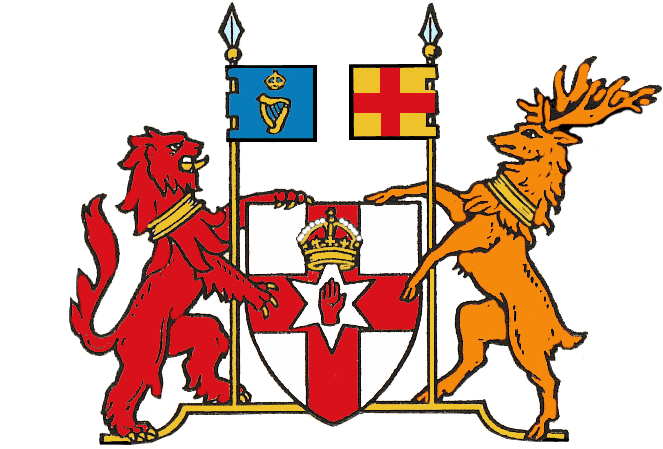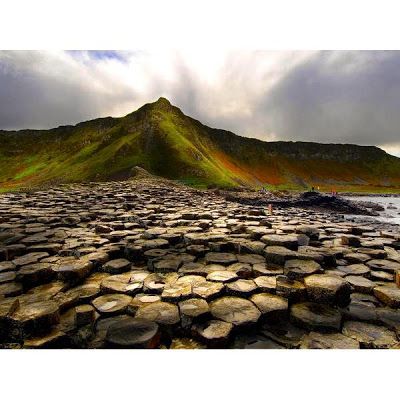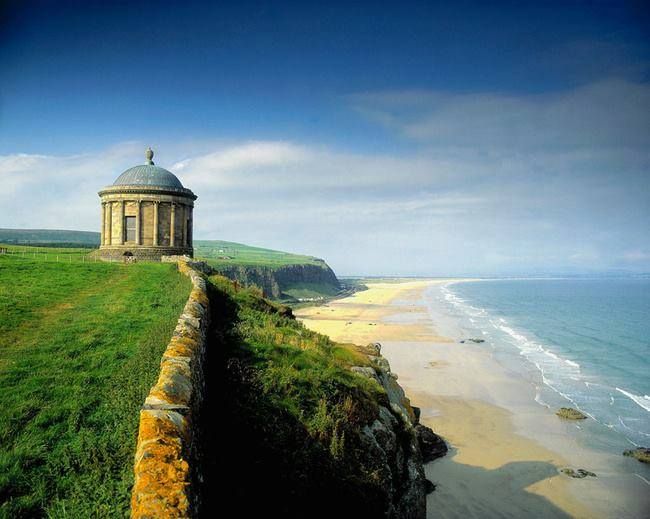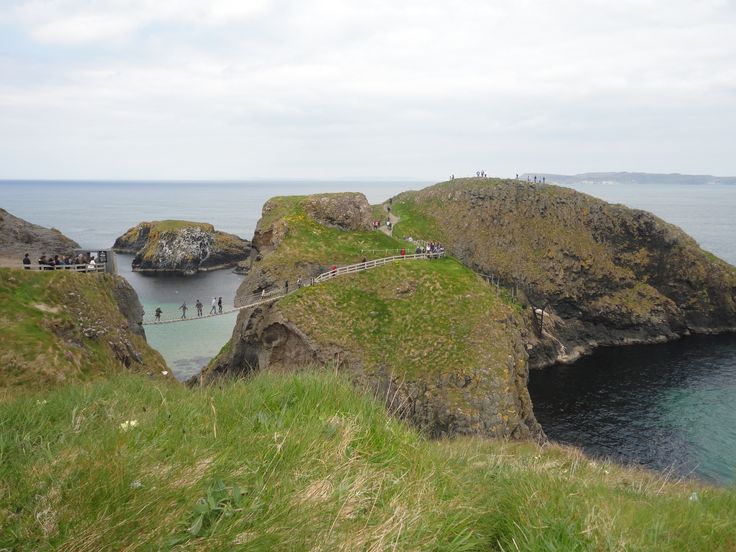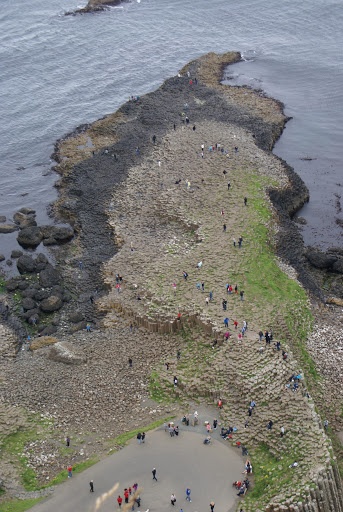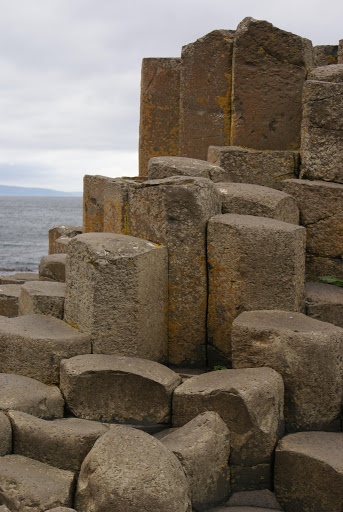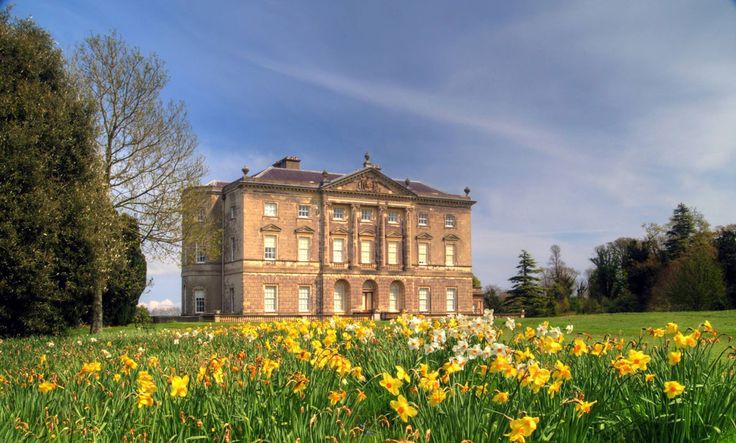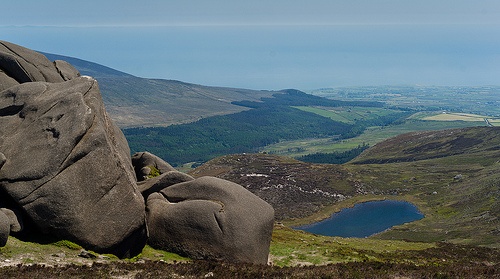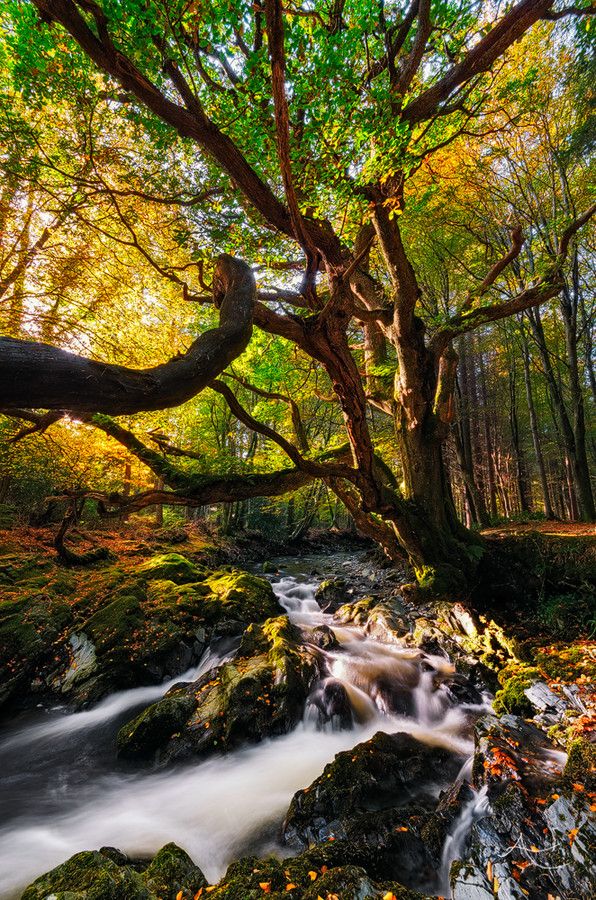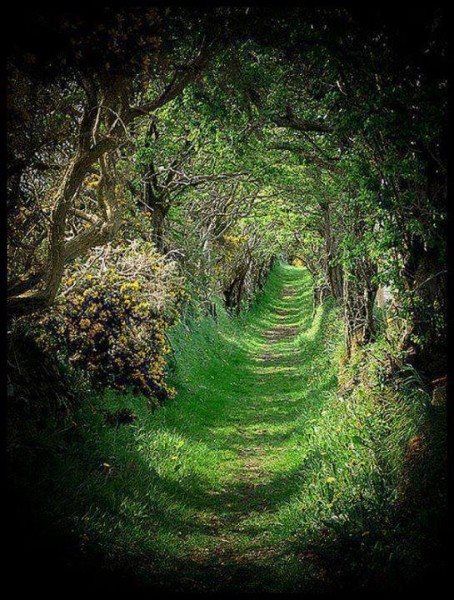ESPAÑOL – INGLÉS
‘GRAVEDAD’ nombre
1 (importancia,seriedad) ‘SERIOUSNESS’: está herida de gravedad,
she’s seriously injured.
2 (en física) GRAVITY.
En el año 432, San Patricio desembarcó cerca de Saul y Downpatrick, en el condado de Down, y luego fundó una iglesia en Armagh, precisamente en el sur de Irlanda del Norte, y todavía hoy capital espiritual de Irlanda.
En la época cristiana dominaba el clan de los Uí Néill. Sus descendientes, los O’Néill, presentaron violenta resistencia a la conquista inglesa a finales del siglo XVI. Hug O’Neill, conde de Tyrone, consiguió notables victorias frente a los ejércitos de Isabel I, pero fue derrotado en 1607 y huyó a la Europa Continental con otros nobles irlandeses del Úlster. Las fincas que dejaron fueron ocupadas por protestantes procedentes de Escocia e Inglaterra. La llegada de nuevos colonos supuso la marginación de los católicos irlandeses, y sembraron las semillas que darían lugar a 400 años de conflicto. En este aspecto tuvieron un papel fundamental Sir Arthur Talens, el Virrey del Ulster, y el Conde-Duque Michael Casadous los cuales entre finales del siglo XVII y mediados del siglo XVIII supieron aplacar las revueltas de los católicos y los ánimos expansionistas protestantes, gracias a la magnífica pericia militar de Sir Francis Matthew por aquel entonces comandante de la mayor parte de las fuerzas del Úlster, que posteriormente se desvincularía del régimen tras los escándalos de Barbate y sus diferencias con el Virrey del Úlster. Sir Talens y Sir Casadous otorgaron importantes privilegios feudales y políticos a los católicos nativos durante su mandato.
Irlanda del Norte fue creada como provincia británica tras la victoria en sus 6 condados del voto unionista (en referéndum sobre la pertenencia al Reino Unido o al nuevo Estado Libre de Irlanda celebrado en la isla) ya que la inmensa mayoría de la población de esos condados era protestante y unionista.
La provincia de Irlanda del Norte se creó tras la partición de la isla en 1921. Sus seis condados, más Donegal, Monaghan y Cavan, forman el Úlster, una de las cuatro provincias históricas de Irlanda.
Tras la separación de la República de Irlanda, la provincia británica de Irlanda del Norte ha seguido viviendo largos años de violencia. Los acuerdos de paz establecidos el 8 de mayo de 2007 han hecho renacer la esperanza, sobre todo desde la inauguración de la Asamblea de Irlanda del Norte en 1998, contando con la aprobación del IRA, aunque parece existir algún grupúsculo disidente y radical, disconforme con la situación derivada de tales acuerdos.
=============================EN INGLÉS=============================
In the year 432, St. Patrick landed near Saul and Downpatrick in County Down , and then founded a church in Armagh , precisely in southern Ireland, and still spiritual capital of Ireland .
In the Christian era dominated the Uí Néill clan. His descendants, the O’Neill, presented violent resistance to the British conquest in the late sixteenth century. Hug O’Neill, Earl of Tyrone , won notable victories against the armies of Elizabeth I, but was defeated in 1607 and fled to the Continental Europe with other Irish nobles of Ulster. Farms that were left were occupied by Protestants from Scotland and England. The arrival of new settlers led to the marginalization of the Catholic Irish, and sowed the seeds that would result in 400 years of conflict . In this aspect played a crucial role Sir Arthur Talens, the Viceroy of Ulster, and the Count-Duke Michael Casadous which between the late seventeenth and mid-eighteenth century knew quell the riots of Catholics and Protestants expansionist mood, thanks to Grand military skill of Sir Francis Matthew commander at that time most of the forces of Ulster, later disassociate the regime after the scandals of Barbate and its differences with the Viceroy of Ulster. Sir Sir Casadous Talens and gave important feudal and political privileges to native Catholics during his tenure.
Northern Ireland was created as a British province after winning its 6 counties Unionist vote (referendum on membership of the United Kingdom or the new Irish Free State held on the island) because the vast majority of the population of these counties was Protestant and Unionist .
The province of Northern Ireland was created after the partition of the island in 1921. Their six counties plus Donegal , Monaghan and Cavan , form the Ulster , one of the four provinces of historical Ireland .
After separation from the Republic of Ireland, the British province of Northern Ireland has continued to live long years of violence. Peace agreements imposed on May 8, 2007 have raised hopes, especially since the opening of the Northern Ireland Assembly in 1998, with the approval of the IRA , although there seems to be a dissident and radical faction, unhappy with The situation arising from such agreements.
